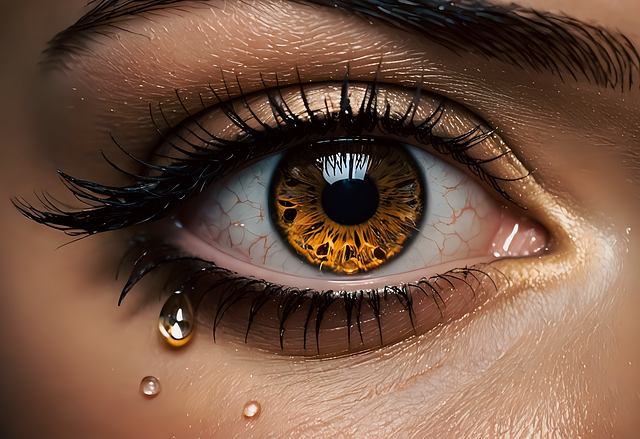Skin sensitivity makes chin waxing risky, especially with conditions like eczema or active acne. Heat and pulling can cause irritation, redness, inflammation, and cuts. Skin infections may worsen due to micro-tears from waxing. Post-waxing breakouts are common, impacting sensitive skin further. Consult a dermatologist for safer alternatives and personalized advice on chin waxing.
“Considerable attention is often focused on the benefits of facial waxing for achieving smooth, hair-free skin. However, it’s crucial to understand when this practice should be avoided to prevent potential skin issues. This article explores key areas where facial waxing may not be suitable, with a special focus on chin waxing. From skin sensitivity and active acne to post-waxing breakouts, discover the signs to recognize and when it’s best to pause or seek alternatives for a healthier complexion.”
Skin Sensitivity and Waxing: Know Your Limit
Skin sensitivity plays a significant role in determining whether one should opt for facial waxing, especially on areas like the chin. While many people tolerate waxing well, others may experience discomfort or adverse reactions due to their skin’s sensitivity. It’s crucial to understand your skin’s limit before attempting any wax removal method.
For individuals with sensitive skin, chin waxing can be a risky endeavor. The chin is a delicate area, and the heat from the wax and subsequent pulling can irritate already susceptible skin, leading to redness, inflammation, or even small cuts. If you’ve experienced skin conditions like eczema, rosacea, or severe acne scars, it’s best to exercise caution. Consulting a dermatologist before trying facial waxing is advisable, as they can guide you on suitable alternatives or help manage any potential side effects.
Active Acne: When Chin Waxing Should Wait
Active acne on the chin or face can make chin waxing an uncomfortable and potentially harmful practice. Waxing irritates the skin, and when combined with existing inflammation from acne, it may exacerbate the condition. If you’re experiencing active acne breakouts, it’s best to avoid chin waxing until your skin clears up. This allows the skin to breathe and heal without further irritation or potential damage caused by the waxing process.
Instead of chin waxing, consider alternative methods for hair removal during this time. Using a mild cleanser and moisturizing regularly can help soothe inflamed skin while you treat your acne. Consulting a dermatologist is also advisable to get personalized advice on managing active acne and determining when it’s safe to resume chin waxing.
Skin Infections: Avoid Irritation and Discomfort
Skin infections can be a significant concern when considering facial waxing, especially around the delicate areas of the chin. The process of waxing involves tearing away hair from its root, which can cause micro-tears in the skin. These tiny openings provide an entry point for bacteria, potentially leading to infections like folliculitis or impetigo. Both conditions are characterized by redness, swelling, and painful lumps along the hair follicle.
For individuals with active skin infections or those prone to such issues, chin waxing may exacerbate the problem. The heat from the wax and the traction during the removal process can irritate existing infections or introduce new ones. It’s advisable to delay chin waxing until the skin is clear and healed to prevent further discomfort and potential scarring.
Post-Waxing Breakouts: Understanding the Risks
Post-waxing breakouts are a common concern, especially for those who indulge in chin waxing. The procedure involves removing hair from the root, which can trigger an inflammatory response in some individuals. This is because the waxing process disrupts the skin’s natural barrier, making it more susceptible to bacterial infections and irritation. For people with sensitive skin or existing acne issues, this disruption can lead to post-inflammatory breakouts, redness, and swelling.
Understanding these risks is essential before undergoing chin waxing. Those with a history of acne, rosacea, or eczema should exercise caution. It’s advisable to consult a dermatologist who can offer personalized advice and alternative hair removal methods that are less likely to cause skin irritation, ensuring a safer and more comfortable experience.
While chin waxing can be an effective hair removal method, it’s crucial to understand when to avoid it due to skin conditions. If you have sensitive skin, active acne, recent infections, or a history of post-waxing breakouts, it’s best to refrain from chin waxing until these issues resolve. Prioritizing your skin’s health is key to avoiding discomfort and potential long-term damage. Remember, consulting with a dermatologist can provide personalized guidance for managing skin concerns before considering hair removal treatments like chin waxing.
